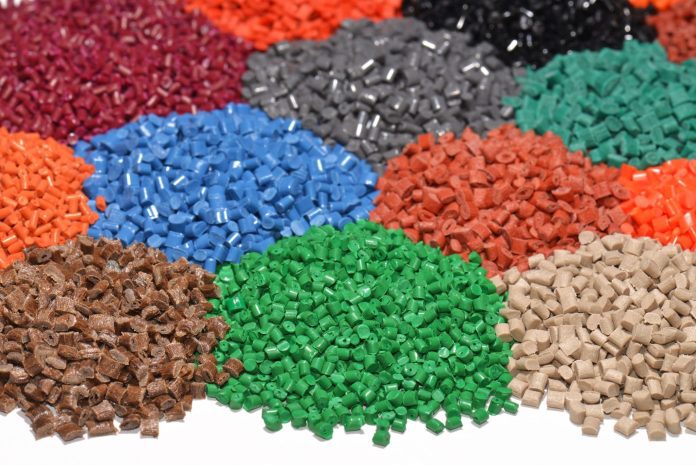Problems with polymers
Hitachi used its analytics platform to integrate production and sensor data outputs to help visualize, analyze and diagnose a manufacturer’s polymer mixing problems.
An unnamed manufacturer’s polymer mixing process was said to be producing inconsistent output quality, with yields dipping as low as 50% to 60%, according to a case study provided by Hitachi. The scrapping of poor batches created huge costs and was crippling production capacity. The root cause was traced to ever-changing product specifications in addition to variations in a range of production parameters. Production engineers were unable to stabilize the process using traditional approaches as mixing polymer was stubbornly unstable and each new product formulation only added to the problem.

Issues to solve and an IoT platform to use
To solve this issue, the manufacturer looked for a solution that could ingest and integrate “internet of things” data from machinery, sensors, the environment and other sources; discover the factors and optimal process parameters through correlation, visual analysis and optimization algorithms; provide deep process insight, enabling daily decision support and continuous improvement; and dynamically and continuously optimize the process through machine learning.
The company turned to Hitachi for its analytics platform, which it claims provided insight that enabled the production engineering team to understand the correlations and cause-and-effect from a number of variables. By adding machine learning functionality, the solution was able to make continuous process adjustments to improve the yield over a period of several months.
Benefits of data analytics and machine learning
During the initial pilot project, the solution eliminated more than 50% of the poor quality batches, increasing the average yields to above 90%, according to Hitachi.
Additional benefits included a significant reduction in operating costs to the tune of millions of dollars; increased mixing capacity with raised overall production throughput; and flexibility to accommodate changing product designs, increasing numbers of product variations, and new or changing ingredients.

